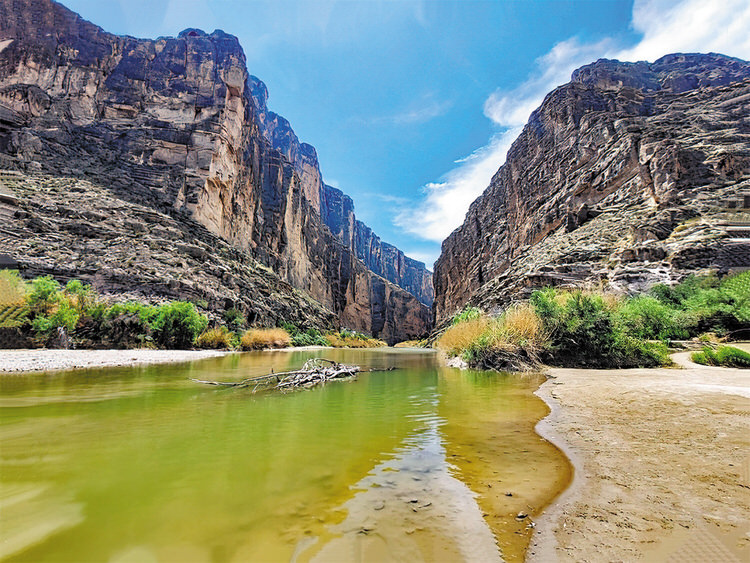 Ken Duquaine
Ken Duquaine
Most novice and more experienced photographers alike have encountered the term “hyperfocal distance” in their readings. Simply put, hyperfocal distance is that distance at which the lens is focused that gives the most acceptable sharpness from half of that distance to infinity. Theoretically, everything from half of the hyperfocal distance to infinity should be equally sharp. If that sounds confusing, take heart, because both novice and many experienced photographers have found it to be so.
While the concept can be used for various types of photography, most photographers who employ it do so in connection with landscape photography when they want to have everything in their photo from foreground to background in sharp focus. There are several methods by which to approximate hyperfocal distance. A few of the more common methods include the use of a hyperfocal distance table, setting the distance or depth of field scale found most often on prime lenses, focusing one-third of the way into the frame, or using a very small aperture such as f/22. These and other methods all have their problems and are often the source of confusion for photographers trying to use them. The purpose of this article is to suggest the easiest and, hopefully, for most photographers, the most accurate method to find the hyperfocal distance in the field using focal lengths generally applicable for landscapes.
While prime lenses are the most accurate, this method can also be used for zoom lenses. We’ll assume that you’re using a wide-angle prime lens or focal length such as 21, 24, or 28mm for landscapes. For starters, select an appropriate f-stop (aperture) for the lens being used. A good place to begin is with the “sweet spot,” which for many lenses is at f/8 or f/11 for good depth of field. The method suggested here for finding the hyperfocal distance is generally referred to as “double the distance.” In practice, simply set up your composition and determine the nearest object in the frame that you want to be in focus. Then focus on something that you estimate to be double that distance. For example, if the nearest object in the frame needing to be in focus is at five feet, your focusing distance would be ten feet. If the nearest object is at three feet, the focusing distance would be at six feet. The result using this method should be a sharp photo from foreground to background as long as the aperture selected is small enough to obtain good depth of field as suggested earlier.
Best of luck, and happy shooting!
The Sun Lakes Camera Club (SLCC) meets on the second and fourth Thursdays from 6:30 to 8:30 p.m., in the Lecture Hall of the Cottonwood Country Club from October through April. For more information about the SLCC and its activities, contact SLCC President Samantha (Sam) Palmatier at 907-727-0334 or totsie1954@yahoo.com, or past President Lynn Thompson at 480-734-0040 or lyn2th@me.com, and visit our website, www.sunlakescameraclub.com.
